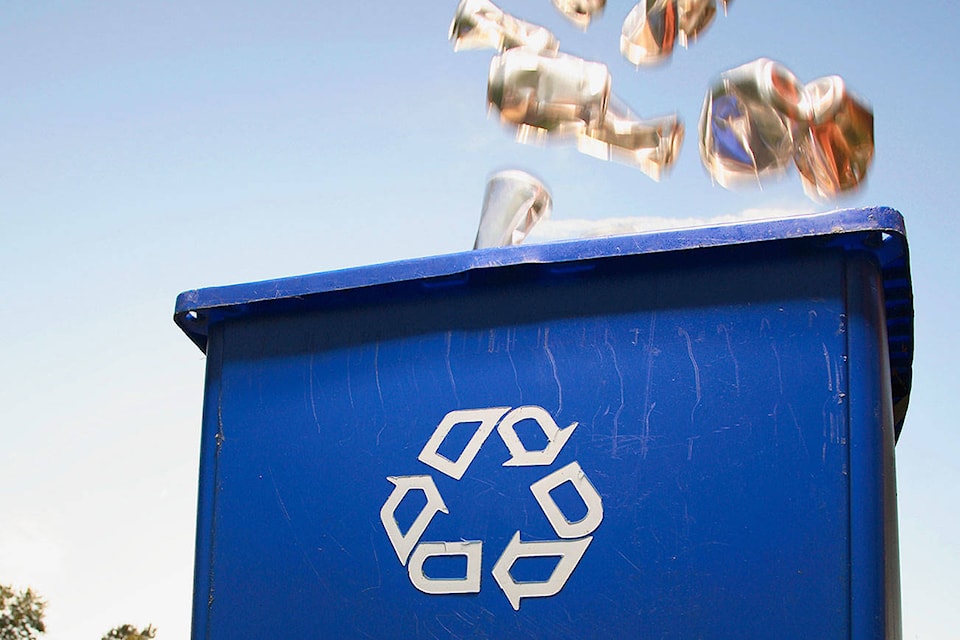Recycling can sometimes be confusing.
Yes, there is no doubt the odd person or household just doesn’t care whether or not something is recyclable and toss it in whichever container strikes their fancy at any given time. But we think most people are genuinely trying to do their best to separate the metaphorical wheat from the chaff.
But which plastics can you put in your blue bin? What about glass? What about materials that are a mix of plastic and cardboard, for instance? We’re sure there are some recycling wizards out there who have it all figured out, but we’d bet that most people have gone to discard something at least a few times and been left wondering, even if they consult the lists and diagrams available from their municipality or regional district. Hesitantly, they toss it into the recycling. To make things more complicated, what can be recycled is not uniform across the province, let alone the country. So people who have just moved to the area may be used to recycling some things that are not allowed in the Cowichan Valley Regional District.
Municipalities and districts have also made a good-faith effort at making things clear, but, once again, they’re not there every day keeping an eye on your specific trash.
What we do know is that what’s been done so far isn’t enough to make the situation clear. A recent report to the CVRD on an audit of recyclable materials left at the curb so far in electoral areas in 2021 found a contamination rate of 19 per cent. For comparison, three per cent is the allowable limit in the district’s partnership arrangement with Recycle BC. So we’re not anywhere close. This could be a $5,000 per load fine for the CVRD if we don’t clean up our act.
So what should we do? For starters, people should take advantage of the resources available. There’s a recycling hotline (250-746-2540) for more information. So maybe next time you’re not sure about an item, call before making the fateful decision. You can also request to have someone from the CVRD go to your house and let you know one-on-one if you’re doing it right. This can certainly help you recycle with confidence.
Nobody’s perfect of course. Accidents will happen, and you’ll send something to recycling that should have gone in the garbage. That’s what the three per cent allowance is for.
It’s too bad that we’re at the stage where the CVRD is considering turning to fines to try to fix this. But we can’t just accept that the CVRD is going to get dinged $5,000 per load. We can help to avoid both of these fines by brushing up on our recycling know-how.
